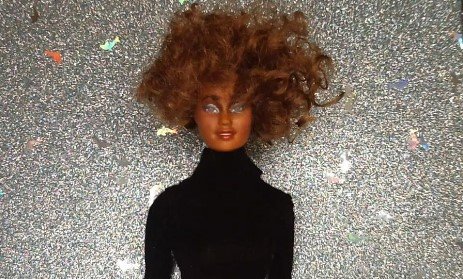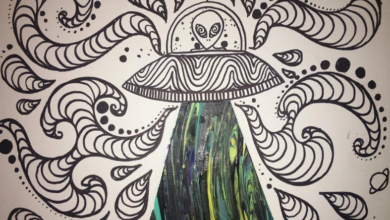
Beautiful:_X6xf1emgkm= Barbie Dolls
The introduction of ‘Beautiful:_X6xf1emgkm= Barbie Dolls’ marks a significant shift in the toy industry, as it embraces a more inclusive representation of beauty and identity. This evolution not only reflects the diverse cultural backgrounds and body types of children today but also serves as a critical commentary on societal norms surrounding gender and aesthetics. The implications of such a transformation extend beyond mere play, inviting a deeper examination of how these dolls influence children’s perceptions of themselves and others. What are the broader consequences of this shift for future generations?
Evolution of Barbie Dolls
The evolution of Barbie dolls reflects shifting societal values and cultural norms, as the iconic toy has transformed in design and representation since its debut in 1959.
Barbie history is marked by significant changes, mirroring cultural influence and attitudes toward femininity, careers, and body image.
Each iteration not only showcases fashion trends but also serves as a commentary on broader societal expectations and aspirations for women.
Read also: The Role of Technology in Real Estate: Virtual Tours and Beyond
Celebrating Diversity and Individuality
In recent years, Barbie dolls have increasingly embraced diversity and individuality, reflecting a broader cultural shift towards inclusivity and the celebration of unique identities.
This evolution promotes cultural representation and body positivity, allowing children to see themselves reflected in their toys.

Impact on Young Minds
Barbie dolls serve as influential tools in shaping the perceptions and aspirations of young minds, providing a framework through which children explore identity, gender roles, and societal expectations.
Their portrayal can significantly impact body image and self-esteem, as children often emulate these figures.
Thus, it is crucial to promote diverse representations within doll lines, fostering healthier self-perceptions and empowering children to embrace their uniqueness.
Conclusion
The evolution of Barbie dolls signifies a pivotal shift towards inclusivity, enriching the play experience by reflecting a multitude of cultural identities and body types.
This transformation not only fosters a sense of belonging among children but also gently challenges prevailing beauty standards and gender norms.
Ultimately, these dolls serve as catalysts for nurturing self-acceptance and ambition, thereby shaping a generation that embraces diversity and individuality with grace and understanding, cultivating a more harmonious societal perspective.




